Home>Technology>Home Office Tech>How To Make Money From An EV Charging Station
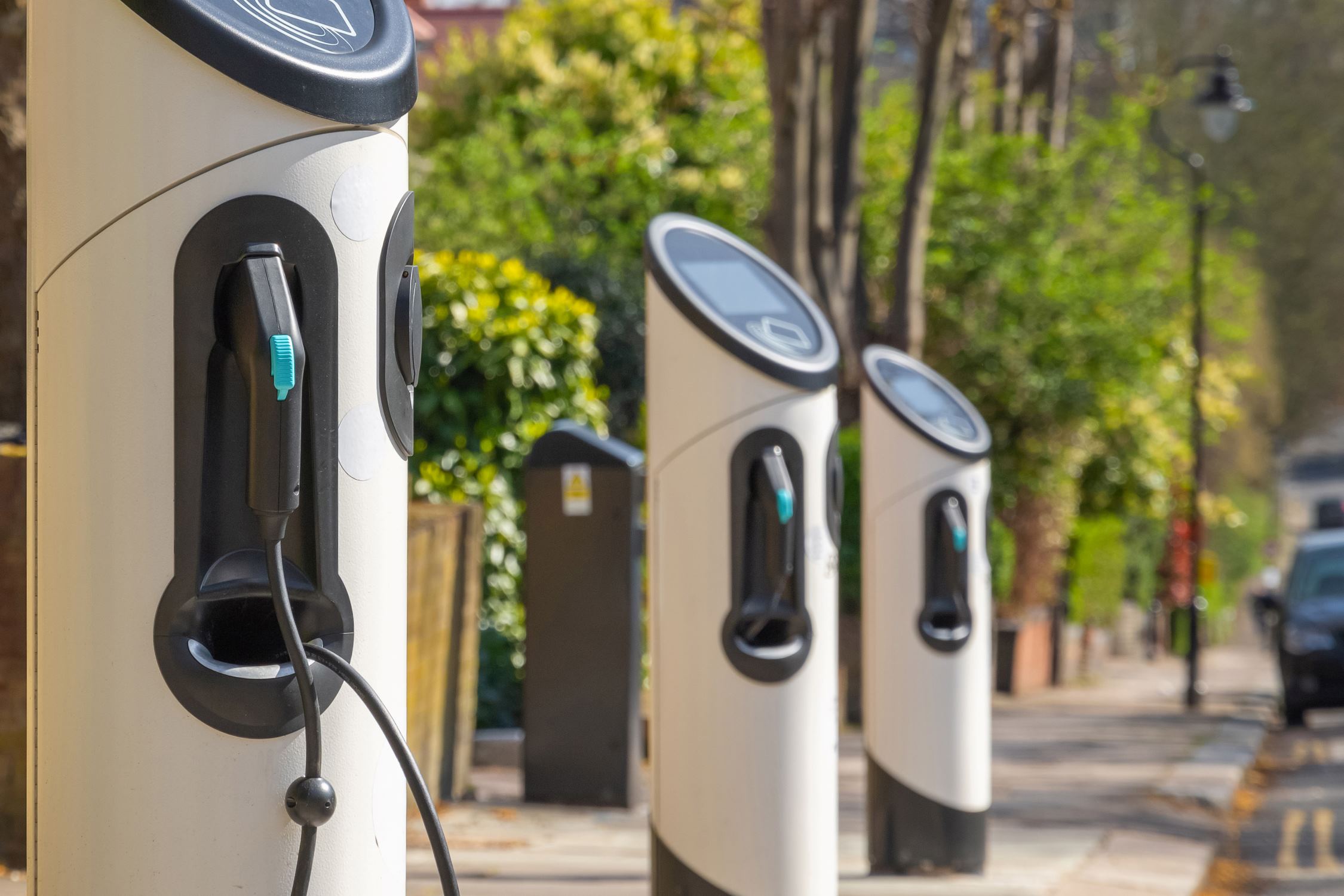

Home Office Tech
How To Make Money From An EV Charging Station
Modified: February 25, 2024
Learn how to generate income from your home office tech with an EV charging station. Explore the opportunities and benefits of this lucrative venture.
(Many of the links in this article redirect to a specific reviewed product. Your purchase of these products through affiliate links helps to generate commission for Storables.com, at no extra cost. Learn more)
Introduction
Welcome to the future of transportation! The rapid rise of electric vehicles (EVs) has sparked a revolution in the automotive industry, and with it comes an unprecedented opportunity for savvy entrepreneurs to capitalize on the growing demand for EV charging stations. As the world shifts towards sustainable energy solutions, the need for reliable and accessible charging infrastructure has never been greater. In this comprehensive guide, we will delve into the lucrative realm of EV charging stations and explore the various strategies for turning this innovative technology into a profitable venture.
The electrification of transportation is not just a trend; it's a transformative force reshaping the way we think about mobility and environmental sustainability. As more consumers embrace EVs as a cleaner and more cost-effective alternative to traditional gasoline-powered vehicles, the demand for convenient and efficient charging facilities continues to soar. This paradigm shift presents an exciting opportunity for forward-thinking entrepreneurs to enter the burgeoning market of EV infrastructure and carve out a lucrative niche in the sustainable energy sector.
In this guide, we will unravel the intricacies of establishing and operating an EV charging station, providing valuable insights into the key considerations, challenges, and opportunities associated with this burgeoning industry. From understanding the technical aspects of charging station deployment to devising effective business models and navigating the regulatory landscape, we will equip you with the knowledge and tools needed to embark on this electrifying entrepreneurial journey.
Whether you're a seasoned business owner seeking to diversify your portfolio or an aspiring entrepreneur with a passion for sustainability, this guide will serve as your compass in the dynamic world of EV charging stations. Join us as we embark on a captivating exploration of the opportunities, challenges, and rewards awaiting those who dare to embrace the future of transportation.
Key Takeaways:
- Embracing the future of transportation by investing in EV charging stations can be a lucrative opportunity for entrepreneurs, offering a chance to contribute to sustainable energy solutions and shape the landscape of clean, efficient mobility.
- Strategic location selection, innovative business models, and user-centric marketing are crucial for the success of EV charging stations, driving widespread adoption of electric vehicles and fostering a greener, more interconnected transportation ecosystem.
Read more: What Is An EV Charging Station
Understanding EV Charging Stations
Electric vehicle (EV) charging stations are the backbone of the burgeoning EV infrastructure, providing the essential infrastructure for recharging electric cars, buses, and other electrified vehicles. These stations come in various forms, ranging from residential chargers for personal use to public charging stations strategically located in urban centers, commercial areas, and along major highways.
At their core, EV charging stations are designed to supply electric vehicles with the energy they need to power their batteries. The charging process typically involves connecting the vehicle to a charging point, where electricity is transferred to the vehicle’s battery pack. Depending on the charging station’s power output and the vehicle’s battery capacity, the charging time can vary significantly, ranging from a few minutes for rapid chargers to several hours for standard charging points.
EV charging stations are classified into different levels based on their charging speed and power output:
- Level 1: These are standard household outlets (120 volts in the US) that provide a slow charging rate, suitable for overnight charging at home.
- Level 2: These chargers operate at 240 volts and can deliver a faster charging rate, making them ideal for residential, workplace, and public charging installations.
- DC Fast Charging (Level 3): Also known as rapid chargers, these high-power stations can provide a substantial charge in a relatively short time, making them well-suited for public charging along highways and in urban areas.
Understanding the different charging levels is crucial for determining the most appropriate charging infrastructure for specific locations and user needs. Additionally, the compatibility of charging connectors and protocols, such as CHAdeMO, CCS (Combined Charging System), and Tesla’s proprietary connector, adds another layer of complexity to the deployment and operation of EV charging stations.
As the EV market continues to expand, the demand for reliable and accessible charging infrastructure is expected to skyrocket. This presents a compelling opportunity for entrepreneurs to invest in the development of EV charging stations and contribute to the widespread adoption of electric vehicles. By understanding the technical nuances of EV charging stations and the evolving needs of electric vehicle users, aspiring EV charging station operators can position themselves at the forefront of the sustainable transportation revolution.
Location and Site Selection
The success of an electric vehicle (EV) charging station hinges on its strategic location and thoughtful site selection. Identifying optimal locations for EV charging stations requires a comprehensive understanding of user behavior, traffic patterns, and the overarching goal of facilitating convenient and accessible charging experiences for electric vehicle owners.
When evaluating potential sites for EV charging stations, several key factors must be taken into account:
- Accessibility: The selected locations should be easily accessible to EV drivers, whether they are in urban areas, commercial districts, residential communities, or along major transportation routes. High-traffic areas, such as shopping centers, business parks, and public amenities, are prime candidates for hosting EV charging stations.
- Visibility and Signage: Ensuring the visibility of the charging station and providing clear signage are essential for attracting EV drivers and promoting awareness of the charging infrastructure. Visible, well-lit locations with prominent signage can enhance the station’s visibility and attract potential users.
- Power Infrastructure: Availability of adequate power supply and electrical infrastructure is critical for installing EV charging stations. Proximity to power distribution facilities and the capacity to support multiple charging points are vital considerations for site selection.
- User Demographics: Understanding the demographics of the target user base is crucial for identifying locations with a high concentration of electric vehicle owners or potential EV adopters. Analyzing demographic data and EV ownership trends can guide site selection efforts.
- Collaboration with Stakeholders: Collaboration with local authorities, property owners, businesses, and other stakeholders can facilitate the identification and acquisition of suitable sites for EV charging stations. Building partnerships and securing site agreements are integral to the site selection process.
Moreover, the emergence of smart city initiatives and sustainable urban planning has led to the integration of EV charging infrastructure into urban development projects, creating opportunities for innovative site selection strategies. By aligning with urban planning frameworks and sustainable mobility initiatives, EV charging station operators can contribute to the creation of eco-friendly urban environments while leveraging the benefits of strategic site selection.
Ultimately, the location and site selection process for EV charging stations demands a holistic approach that considers the needs of electric vehicle users, the potential for community engagement, and the symbiotic relationship between charging infrastructure and urban development. By carefully evaluating these factors, entrepreneurs can identify prime locations for EV charging stations and play a pivotal role in shaping the future of sustainable transportation.
Cost and Revenue Analysis
Establishing and operating an electric vehicle (EV) charging station entails a detailed cost and revenue analysis to evaluate the financial feasibility and potential returns on investment. From initial setup costs to ongoing operational expenses and revenue streams, a comprehensive understanding of the financial dynamics is crucial for aspiring EV charging station operators.
Key components of the cost and revenue analysis for EV charging stations include:
- Infrastructure Costs: This encompasses the expenses associated with acquiring and installing the charging equipment, power distribution infrastructure, and any necessary site modifications. The type of charging stations (Level 2, DC fast chargers, etc.) and the number of charging points will significantly impact the infrastructure costs.
- Electrical Costs: Ongoing electricity expenses for powering the charging stations constitute a major operational cost. Calculating the projected electricity consumption and understanding the tariff structures are essential for estimating the long-term electrical costs.
- Maintenance and Repairs: Budgeting for routine maintenance, repairs, and equipment servicing is imperative to ensure the reliability and longevity of the charging infrastructure. Anticipating maintenance costs over the operational lifespan of the EV charging stations is integral to the cost analysis.
- Permitting and Regulatory Compliance: Costs associated with obtaining permits, adhering to regulatory standards, and ensuring compliance with local codes and regulations should be factored into the financial analysis. Legal and regulatory expenses can vary based on the jurisdiction and the specific requirements for EV charging infrastructure.
- Revenue Streams: Identifying potential revenue streams, such as user fees, subscription models, advertising partnerships, and value-added services, is essential for projecting the income generated by the EV charging station. Understanding user behavior and pricing models is critical for optimizing revenue streams.
Moreover, the emergence of innovative business models, such as demand response programs, energy storage integration, and grid services, presents additional revenue opportunities for EV charging station operators. Leveraging these revenue streams requires a nuanced understanding of energy markets, grid integration, and the evolving landscape of electric vehicle charging.
Conducting a comprehensive cost and revenue analysis enables entrepreneurs to assess the financial viability of EV charging stations, identify potential challenges, and develop sustainable business models that align with the evolving needs of electric vehicle users and the broader energy ecosystem. By carefully evaluating the costs and revenue potential, entrepreneurs can make informed decisions and chart a financially sound course in the dynamic realm of EV charging infrastructure.
Consider offering additional services at your EV charging station, such as a car wash or convenience store, to increase revenue streams and attract more customers.
Business Models for EV Charging Stations
The proliferation of electric vehicles (EVs) has given rise to diverse business models for operating and monetizing EV charging stations. From traditional pay-per-use models to innovative approaches that integrate energy management and value-added services, entrepreneurs entering the EV charging industry have a spectrum of business models to consider as they navigate the evolving landscape of sustainable transportation infrastructure.
Some prominent business models for EV charging stations include:
- Pay-Per-Use: This straightforward model involves charging users based on the energy consumed or the duration of the charging session. It provides a clear revenue stream tied directly to user utilization of the charging infrastructure.
- Subscription-Based Services: Offering subscription plans for regular users can provide a predictable revenue stream while incentivizing customer loyalty. Subscription models can include flat-rate charging plans or tiered pricing based on usage frequency.
- Ad-Supported Charging: Partnering with advertisers to display ads at charging stations or within charging apps can create an additional revenue stream. Ad-supported charging can offset operational costs and potentially offer free or discounted charging to users.
- Energy Management and Grid Services: Leveraging smart charging technology to participate in demand response programs, grid balancing, and energy storage integration can open new revenue opportunities. EV charging stations can contribute to grid stability and earn revenue through grid services.
- Value-Added Services: Offering complementary services, such as car wash facilities, convenience stores, or amenities for EV drivers, can diversify revenue streams and enhance the overall user experience at the charging station.
Furthermore, the integration of renewable energy sources, energy storage systems, and smart grid technologies presents avenues for developing sustainable and resilient business models for EV charging stations. By embracing green energy initiatives and exploring partnerships with utilities and energy service providers, EV charging station operators can align their business models with the broader goals of decarbonization and sustainable energy transition.
As the EV market continues to expand and the demand for charging infrastructure grows, entrepreneurs have the opportunity to innovate and tailor their business models to meet the evolving needs of electric vehicle users. By embracing flexibility, sustainability, and user-centric approaches, EV charging station operators can position themselves at the forefront of the sustainable mobility revolution while reaping the rewards of innovative business models.
Read more: How To Use An EV Charging Station
Marketing and Promotion Strategies
Effective marketing and promotion are essential for raising awareness, attracting users, and fostering engagement with electric vehicle (EV) charging stations. As the competition in the EV charging industry intensifies, strategic marketing initiatives play a pivotal role in driving user adoption, enhancing brand visibility, and establishing a strong foothold in the rapidly evolving market.
Key strategies for marketing and promoting EV charging stations include:
- Digital Marketing: Leveraging digital channels, such as social media, search engine optimization (SEO), and targeted online advertising, can amplify the reach of marketing campaigns and engage with tech-savvy EV users. Building a robust online presence and leveraging digital platforms can enhance visibility and attract a diverse user base.
- Partnerships and Collaborations: Forming strategic partnerships with automakers, ride-sharing services, commercial real estate developers, and local businesses can facilitate cross-promotion and create synergistic opportunities for promoting EV charging stations. Collaborations can also enhance the accessibility and convenience of charging infrastructure.
- User-Centric Marketing: Tailoring marketing strategies to resonate with the needs and preferences of EV drivers can foster a sense of community and inclusivity. Emphasizing the convenience, sustainability, and benefits of EV ownership can appeal to environmentally conscious consumers and urban dwellers.
- Education and Outreach: Providing educational resources, hosting informational events, and engaging in community outreach initiatives can demystify EV charging, address user concerns, and cultivate a supportive ecosystem around the charging infrastructure. Educating the public about the advantages of EVs and the accessibility of charging stations can drive user adoption.
- Branding and User Experience: Crafting a compelling brand identity and delivering a seamless user experience at charging stations can differentiate the offering and foster brand loyalty. Creating visually appealing, user-friendly charging environments can leave a lasting impression on EV users and encourage repeat visits.
Moreover, incorporating sustainability messaging, highlighting the environmental impact of EV adoption, and showcasing the role of charging stations in reducing carbon emissions can resonate with environmentally conscious consumers and align with broader sustainability narratives.
As the EV market continues to gain momentum, marketing and promotion strategies that prioritize user engagement, convenience, and sustainability will be instrumental in driving the widespread adoption of EV charging infrastructure. By embracing innovative marketing approaches and fostering a user-centric ethos, EV charging station operators can position themselves as catalysts in the transition to sustainable mobility while creating compelling value propositions for electric vehicle users.
Legal and Regulatory Considerations
Operating electric vehicle (EV) charging stations entails navigating a complex landscape of legal and regulatory considerations, spanning from permitting and compliance to industry standards and consumer protection. Understanding and adhering to the legal and regulatory framework is paramount for ensuring the seamless and compliant operation of charging infrastructure while mitigating potential risks and liabilities.
Key legal and regulatory considerations for EV charging stations include:
- Permitting and Zoning: Obtaining the necessary permits and adhering to zoning regulations is essential for the installation and operation of EV charging stations. Navigating local permitting processes, land use regulations, and environmental impact assessments is integral to site development and deployment.
- Electrical Codes and Standards: Compliance with electrical codes, safety standards, and industry regulations is crucial for ensuring the reliability and safety of the charging infrastructure. Adhering to standards such as NEC (National Electrical Code) and UL (Underwriters Laboratories) certifications is fundamental for equipment and installation compliance.
- Accessibility and ADA Compliance: Ensuring accessibility for individuals with disabilities and compliance with the Americans with Disabilities Act (ADA) guidelines is a legal requirement for public EV charging stations. Designing inclusive and accessible charging facilities is essential for regulatory compliance and user inclusivity.
- Consumer Protection and Pricing Transparency: Upholding consumer protection laws, ensuring pricing transparency, and safeguarding against deceptive practices are critical for fostering trust and accountability. Clear communication of pricing, terms of use, and user rights is essential for regulatory adherence.
- Data Privacy and Security: Safeguarding user data, privacy, and cybersecurity is imperative in the operation of EV charging stations. Adhering to data protection regulations and implementing robust security measures is essential for maintaining user trust and regulatory compliance.
Furthermore, staying abreast of evolving regulations, incentive programs, and policy developments related to electric vehicles and charging infrastructure is essential for anticipating regulatory changes and aligning with industry best practices.
Engaging with legal counsel, regulatory authorities, and industry associations can provide valuable insights and guidance on navigating the legal and regulatory landscape while ensuring compliance with evolving standards and requirements.
By proactively addressing legal and regulatory considerations, EV charging station operators can establish a solid foundation for the compliant and sustainable operation of charging infrastructure, fostering trust among users, communities, and regulatory authorities while contributing to the advancement of sustainable transportation.
Conclusion
The realm of electric vehicle (EV) charging stations embodies a convergence of innovation, sustainability, and entrepreneurial opportunity, heralding a transformative era in the landscape of transportation and energy. As we conclude our comprehensive exploration of EV charging stations, it becomes evident that this burgeoning industry holds immense promise for forward-thinking entrepreneurs and stakeholders seeking to carve a niche in the sustainable mobility ecosystem.
From understanding the technical intricacies of charging infrastructure to identifying prime locations, conducting cost and revenue analyses, and navigating the legal and regulatory landscape, the journey of establishing and operating EV charging stations presents a mosaic of challenges and opportunities. The strategic selection of business models, coupled with astute marketing and promotion strategies, is poised to shape the user experience and drive the widespread adoption of electric vehicles and charging infrastructure.
As the global transition towards sustainable energy solutions gains momentum, the role of EV charging stations as enablers of clean, accessible, and efficient transportation cannot be overstated. These charging stations serve as catalysts in the electrification of mobility, contributing to reduced carbon emissions, enhanced energy resilience, and the creation of vibrant, sustainable communities.
Looking ahead, the evolution of EV charging stations will be underpinned by technological advancements, policy developments, and the dynamic interplay of market forces. Innovations in smart charging, renewable energy integration, and grid services are poised to reshape the landscape of EV infrastructure, presenting new frontiers for revenue generation and sustainable business models.
Aspiring entrepreneurs and industry stakeholders are urged to embrace a user-centric ethos, prioritize sustainability, and remain agile in the face of evolving consumer preferences and regulatory landscapes. By fostering collaboration, innovation, and a steadfast commitment to environmental stewardship, the collective efforts of EV charging station operators will propel the transition towards a cleaner, more resilient, and interconnected transportation ecosystem.
In closing, the journey of EV charging stations is not merely a business endeavor; it is a testament to the power of human ingenuity and the collective pursuit of a greener, more sustainable future. As we embark on this electrifying journey, let us seize the opportunities, surmount the challenges, and collectively shape a world where sustainable mobility is not just a vision but a tangible reality.
Frequently Asked Questions about How To Make Money From An EV Charging Station
Was this page helpful?
At Storables.com, we guarantee accurate and reliable information. Our content, validated by Expert Board Contributors, is crafted following stringent Editorial Policies. We're committed to providing you with well-researched, expert-backed insights for all your informational needs.
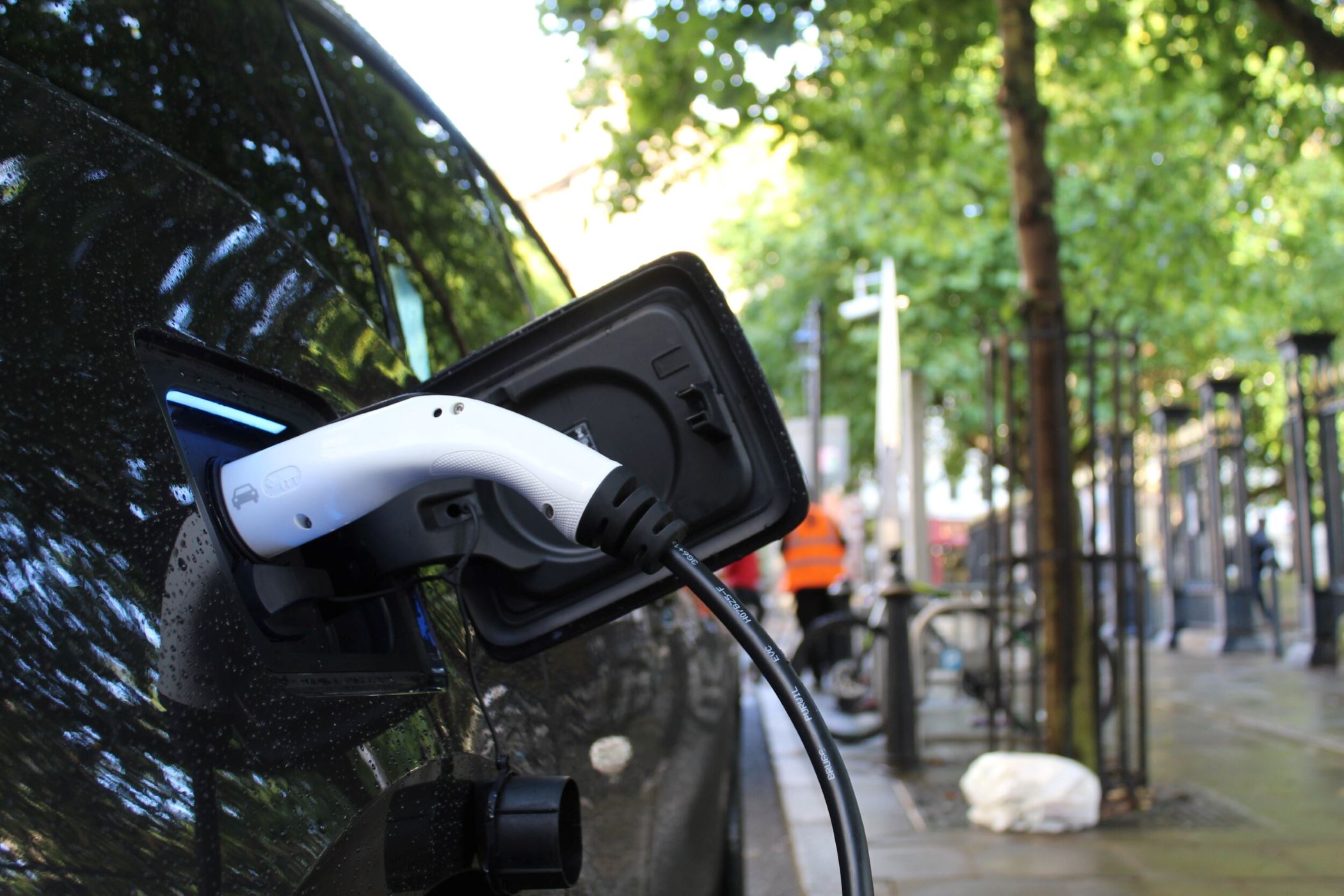




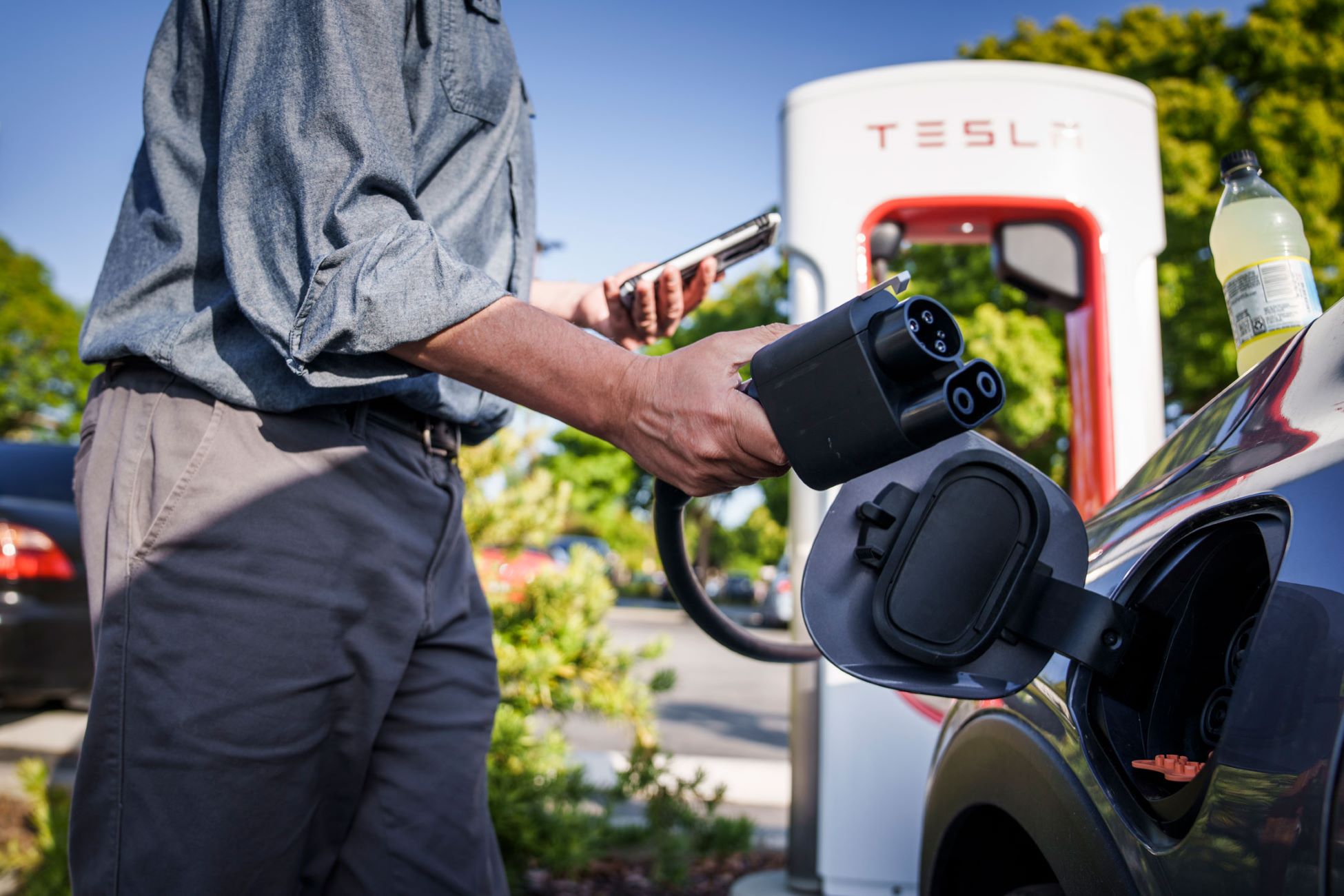


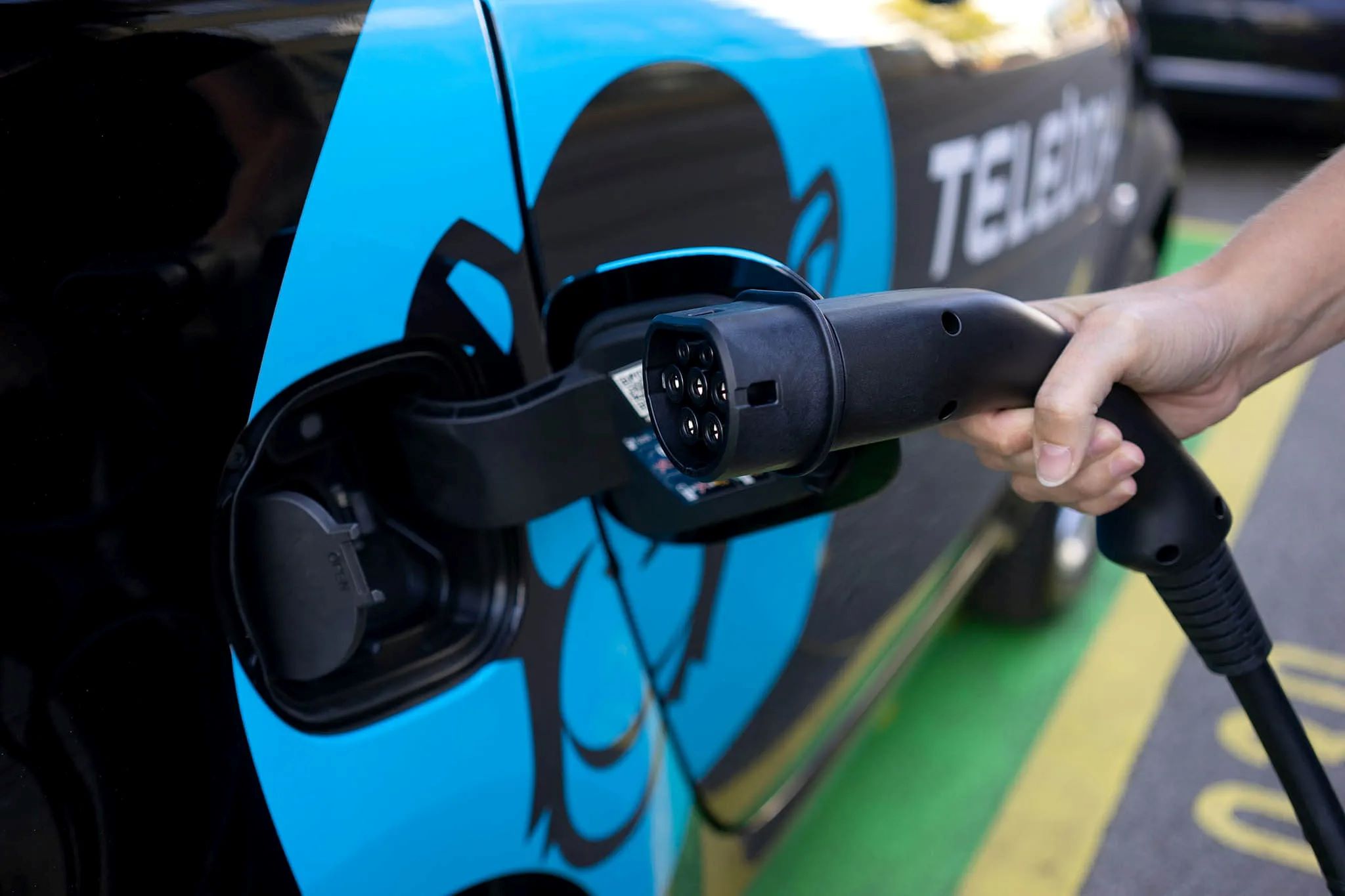
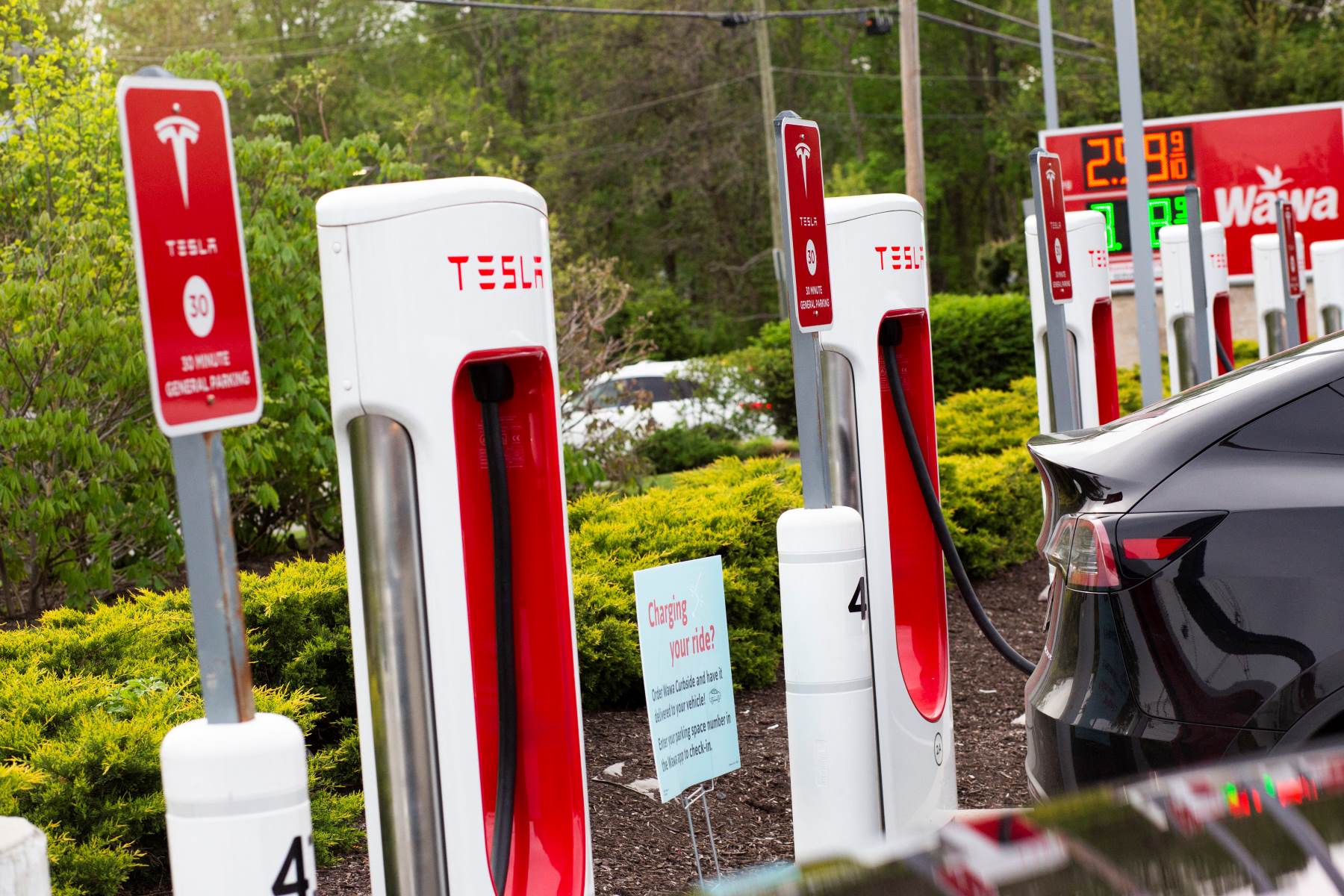





0 thoughts on “How To Make Money From An EV Charging Station”